How to Support a Colleague Who’s Headed for Burnout
Because noticing early and showing up well can make all the difference
We’re getting better at talking about burnout. But many people still don’t know what to do when they see someone close to the edge—especially a teammate, peer, or someone you don’t manage directly.
You can see the signs:
They’re tired. Edgy. Less engaged. Always “just busy.” Maybe they’re working longer hours, cancelling lunch breaks, or taking on more without saying no.
And while burnout isn’t always preventable, early support from a trusted colleague can shift the outcome.
So what does support actually look like—without overstepping?
First, Learn to Spot the Subtle Signs
Burnout often builds quietly. Here’s what to look for:
A noticeable change in tone or mood
Increased frustration or sensitivity to feedback
Withdrawal—camera off, disengaged in meetings, less social
Perfectionism going into overdrive
Constant busyness with no time to talk
Physical signs like fatigue, illness, or looking rundown
If these behaviours aren’t typical for them, it might be more than just a tough week.
What You Shouldn’t Do
Don’t diagnose or label (“You seem burnt out” can feel confronting)
Don’t try to fix everything or offer vague advice like “just take a break”
Don’t gossip or share your concerns with others unless you’re genuinely seeking support to help them (and it’s appropriate to do so)
Don’t assume they’ll reach out if it gets worse—most people don’t
Instead, focus on being present, kind, and practical.
What You Can Do as a Colleague or Peer
1. Start with care, not concern
You don’t need a script—just start a conversation that feels natural:
“You’ve had a lot on lately—how are you really doing?”
“I noticed you’ve been flat the last few days. Want to grab a walk or a coffee?”
Tone matters more than words. Let them feel seen, not analysed.
2. Listen without jumping to solutions
Sometimes, people just need a safe space to let something out. You don’t have to solve it. Just holding space can be enough.
“That sounds like a lot. I’m really glad you told me.”
“Thanks for being honest—how can I support you?”
3. Normalise rest and boundaries
If you’re close, gently encourage time off or a pause. Or better—model it yourself.
“I’m blocking out an hour for lunch this week—join me?”
“You don’t have to push through everything. It’s okay to pause.”
4. Point them to the right support
Burnout recovery often needs more than a friend—it might need a manager’s support, access to EAP, or time off. If appropriate, encourage them to speak to someone.
“Have you had a chance to talk to [manager/HR] about this?”
“Would it help to talk to someone through EAP?”
5. Follow up
Check in again a few days later. Not to pry—just to remind them they’re not alone. Consistency builds trust.
When to Raise It with Someone Else
If the situation is impacting safety, if the person is clearly unwell, or if they’ve hinted at serious distress—but don’t want to seek help—then it may be time to involve a manager or HR.
You can say something like:
“I’ve noticed someone in our team is really struggling. I don’t want to cross a line, but I also don’t feel right doing nothing. Can we talk about how best to support them?”
You’re not “dobbing”—you’re acting on care and responsibility.
Burnout doesn’t always look dramatic. Often, it looks like high performance, silence, or subtle withdrawal. That’s why peer support matters—because colleagues are often the first to notice something’s not right.
You don’t need to have the perfect words.
Just be human. Be present. And trust that showing up with care can change the course of someone’s experience.


